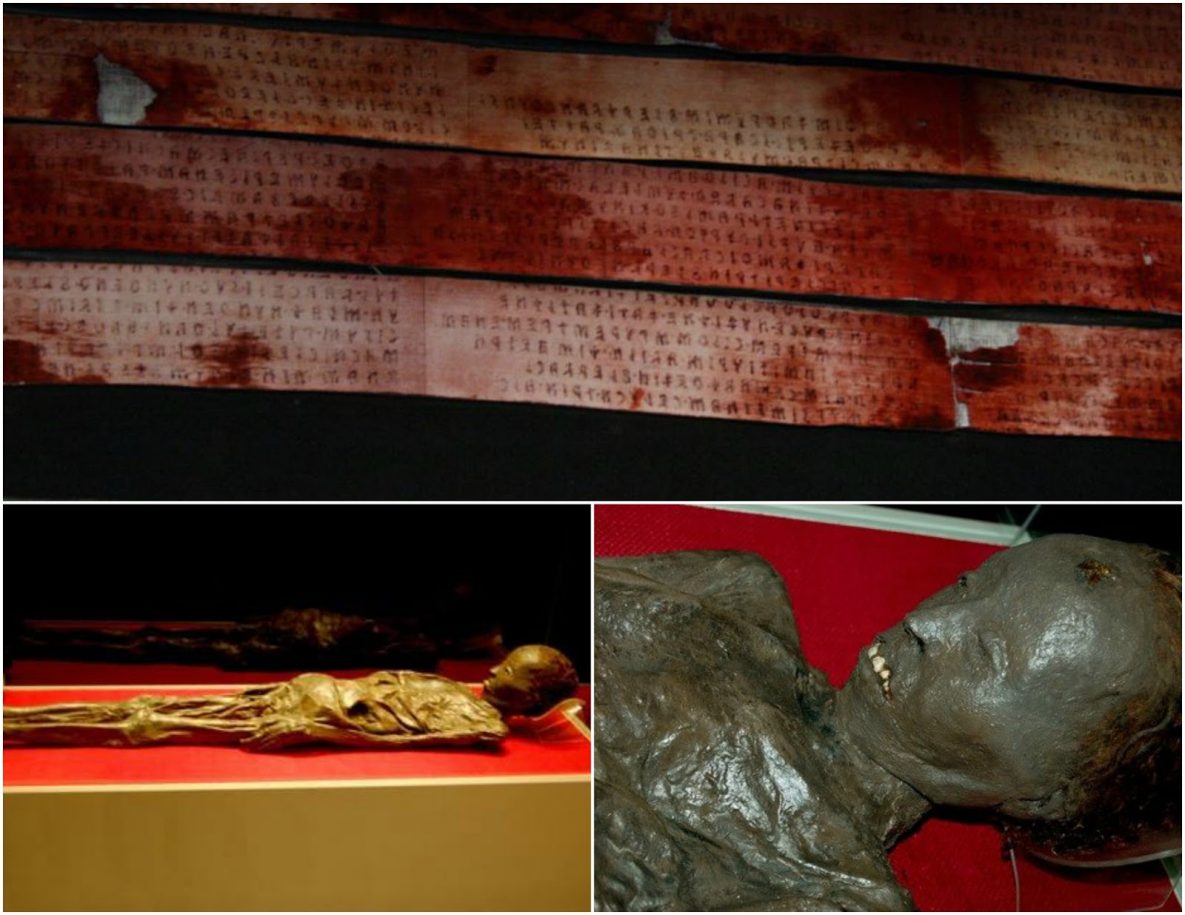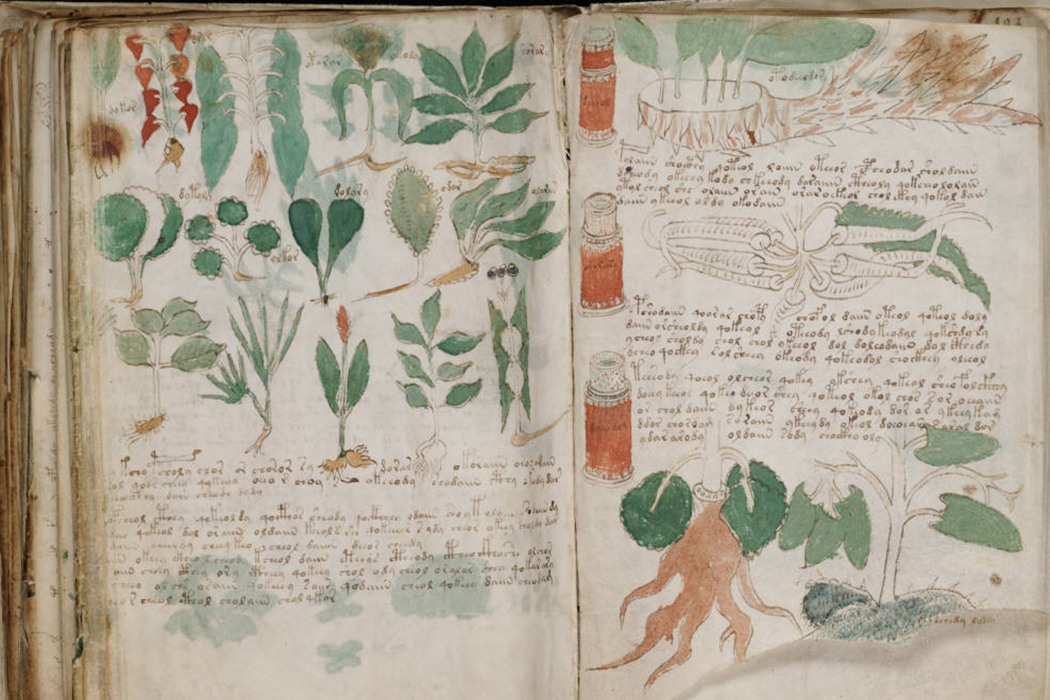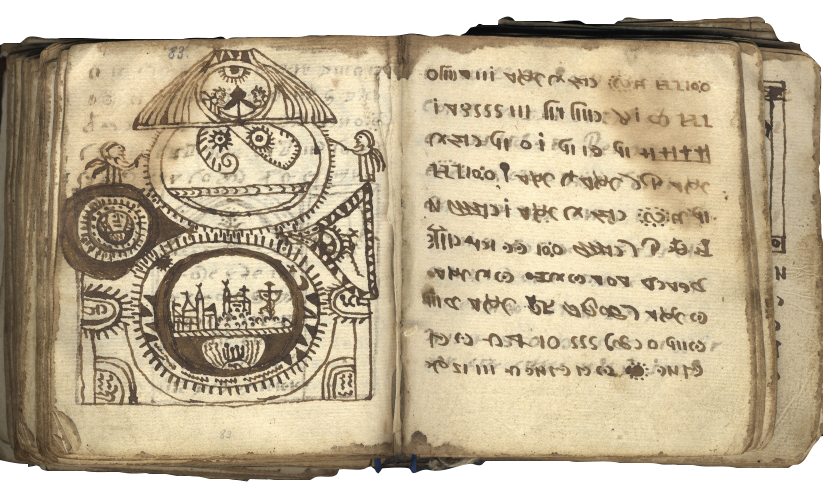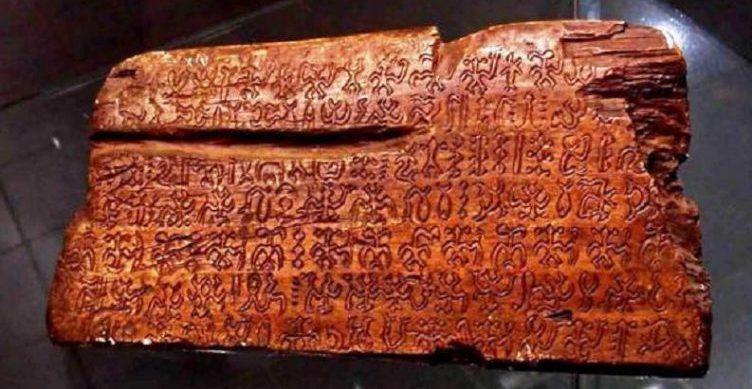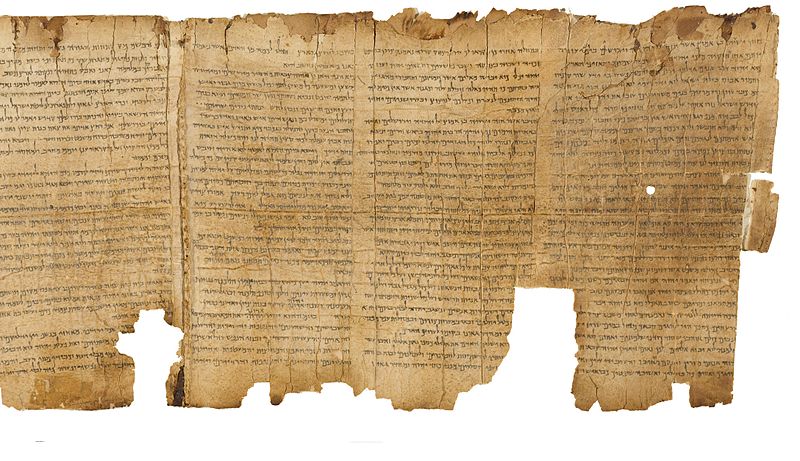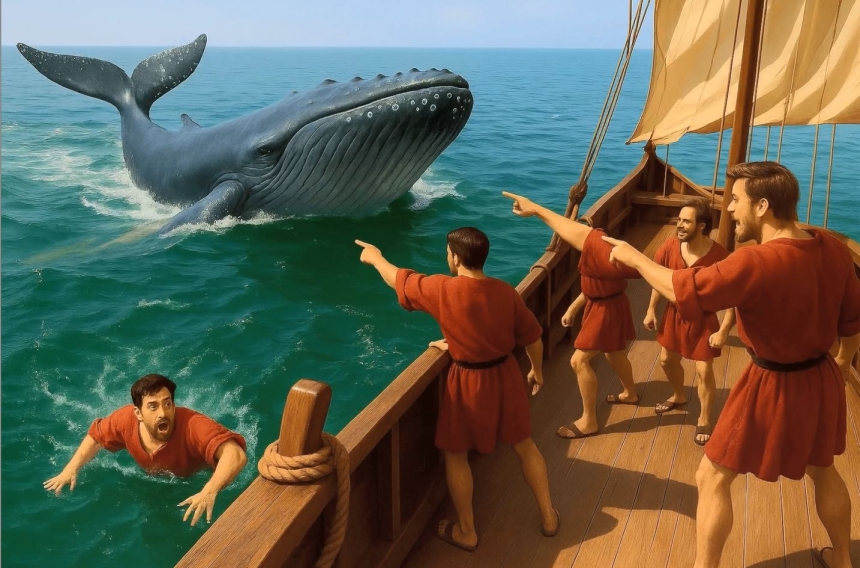
Throughout time, language has been the best method of communication between one or more individuals. The exchange of words and information has given us a great deal of understanding of the past, present and the future events of mankind. Our insight into society’s culture, ways of life, history, and evolution all came to us through the beauty of verbal communication. One of the reasons why we humans are still evolving is because of the advancement in the dialects we have.
However, language as comprehensive as it may be has not liberated many of the mysteries of our past. There are certain texts, manuscripts, and books from different civilizations that have hindered our attempts in understanding the truth as they are written. Many riddles in speech or words were devised intentionally by authors or dead writings that scholars have no means of deciphering.
From murky religious texts, unbreakable codes, mystic books and incomprehensible manuscripts, the following are the most notable language mysteries that remain unsolved up to this day.
Liber Linteus
The Liber Linteus or the Linen Book of Zagreb has the only surviving written example of the Etruscans, a civilization that prospered in Italy before the rise of the Roman Empire in the 3rd century BEC. The Liber Linteus is considered the world’s longest and oldest Etruscan document.
It is also the only known text in linen. According to experts, most of the Liber Linteus writings were removed from female Egyptian mummies. The linen writings were later made into a book in the 19th century.
The Liber Linteus has 230 texts and 1200 words, which remain mostly unsolved due to the uncertainties that shrouded the Etruscan language. Scholars believe that some of the writings are of an Etruscans religious ritual. However, most of the riddles of manuscript are unexplained.
Voynich Manuscript
The Voynich Manuscript is one of the most controversial and mysterious books of all with a strange and unknown language. The texts written within her pages are in a tongue nowhere to be found in any other part of the world. Emperor Rudolf II of Bohemia bought the document in the 17th century for 600 gold ducats in the in the 17th century, a tremendous sum. The reason of his extravagant purchase is yet another mystery!
According to carbon dating of the book, it could be dated to Italy during the Italian Renaissance in the 15th century, between 1404 and 1438. The book has 235 pages however 240 additional pages are missing. It is full of unknown plants, strange astrological charts, nude women and living cells that looked as if they were observed under a microscope.
Many have tried to decipher Voynich Manuscript since World War I and II, but no one was successful in decoding the true meaning of the hidden alphabets. Some say that the book is entirely a hoax, but this notion has not been confirmed.
Rohonc Codex
448 paper pages with almost 42 letters, 200 different symbols, and 87 illustrations are comprise the intriguing Rohonc Codex from Hungary. Prime Minister, Count Battyany presented it to the Hungarian Academy of Sciences in 1852 for review.
According to many paleography scholars and experts, the Rohonc Codex is somewhat religious in nature due to the illustrations depicted uniquely for Christians, Hindu, and Islam. However, most of the book is still unresolved because of the oddity of the texts that were written from right to left, with a mix of runes and old Hungarian characters.
Rongorongo
Language is often more than texts, illustrations, and symbols or a combination of these things. Pure pictographic writings are also part of our language history. One great example is the hieroglyphics of Egypt, which is similar to our next linguistic mystery, the Rongorongo pictographic tablet.
The Rongorongo was found in the island nation of Rapa Nui or also known as Easter Island. It appears the outside world did not influence the pictographic writings on the wood and stone tablets due to the isolation of the Easter Island. With this assumption, researchers believe that the Rongorongo offers a untouched and unique conception as to the origin of languages. Remarkably, scientists have not translated any of the glyphs and symbols of the Rongorongo. Some theorize that the glyphs are simply ornamental decorations, but the discovery of a lunar calendar tablet of Rongorongo forced investigators into contradicted this claim.
Dead Sea Scrolls
Religious manuscripts are part of the great language mysteries of the world, and arguably the best example would be the Dead Sea Scrolls. From 1956 to 1946 the discovery of 981 ancient writings with the eleven Qumran caves near the northwest shore of the Dead Sea shocked the modern world.
Studies suggest that the manuscripts date from three centuries BCE until the 11th century CE. The texts are significant to Jewish religion, and some have been included in the Hebrew Bible canon. However, the origin of the scroll is still under debate. Some scholars believe that the scriptures came from a Jewish religious sect called Essenes; others repute that the Dead Sea scrolls were from Sadducees, Pharisees, or Zealots.
These are just a few of the many language mysteries in the world. Thousands of texts, manuscripts, and books are out there that remain unsolved to this day. Scholars, experts, historians are still doing their best to decipher every linguistic mystery that might be our only way to unveil the written secretes of the past.
